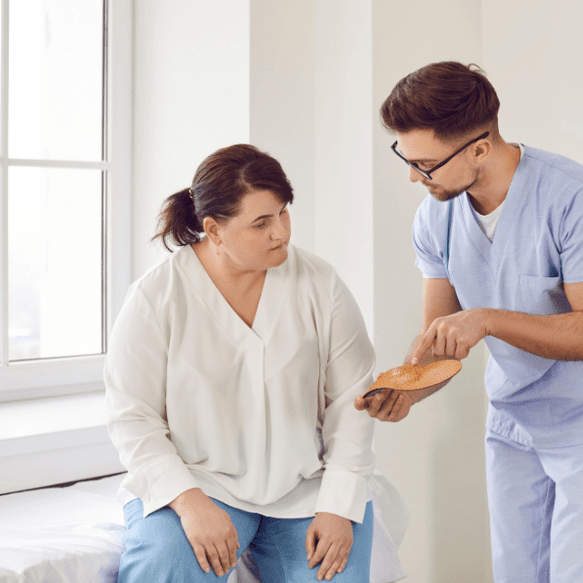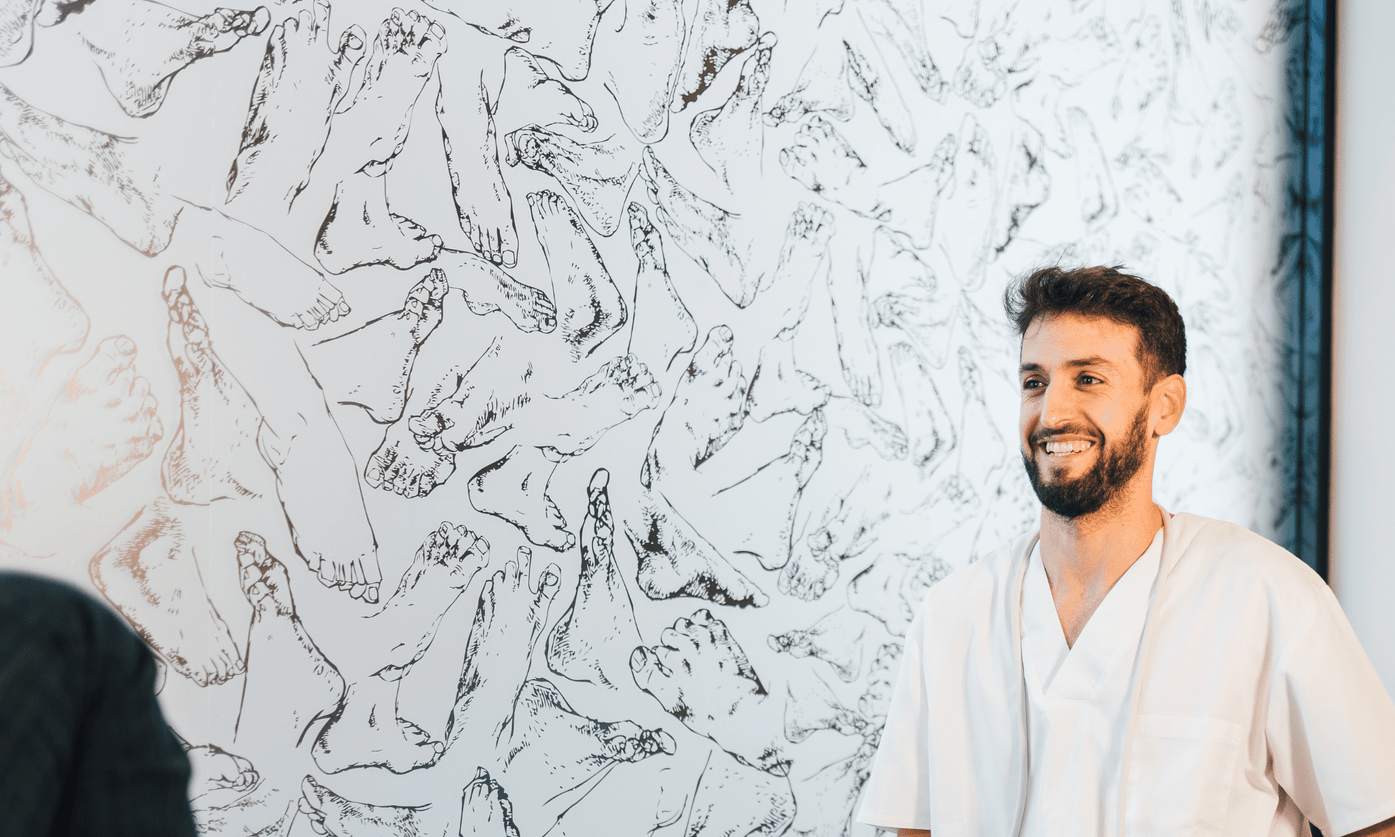Sever’s Disease Treatment at Foot Foundation
Sever’s disease is the leading cause of heel pain in children and adolescents, caused by stress at the heel’s growth plate during activity and growth spurts.
At Foot Foundation, we use orthotics, footwear support, stretching, and load management to relieve pain, protect the heel, and help children return to sport safely.
What is Sever’s Disease?
Sever’s disease, also known as calcaneal apophysitis, is the most common cause of heel pain in children and adolescents aged 8–14 years. It is not a disease but rather an overuse injury of the growth plate (apophysis) in the heel bone.
During growth, the heel bone develops an open growth plate at the back of the heel where the Achilles tendon attaches. Repetitive stress and traction on this growth plate can cause inflammation, pain, and swelling.
At Foot Foundation, we provide specialist assessment and treatment for children’s heel pain, helping young athletes and active children return to activity safely and prevent recurrence.
Causes & Risk Factors
Rapid growth spurts – bones grow faster than muscles, increasing traction on the heel
Repetitive activity – running, jumping, field and court sports
Tight calf muscles – reduced ankle flexibility increases stress on the heel
Biomechanics – flat feet, high arches, or overpronation increasing Achilles pull
Poor footwear – unsupportive or worn-out sports shoes
Hard playing surfaces – artificial turf, concrete courts, or hard fields
Age & sex – most common in active boys aged 9–12 and girls aged 8–11, but can persist into teenage years
Treatment at Foot Foundation
Activity modification – temporary reduction in high-impact sports (running, jumping) with gradual return to activity
Custom orthotics – offload the heel and correct biomechanics to reduce Achilles traction
Heel cups / cushioned insoles – absorb shock and reduce direct impact on the heel
Footwear advice – supportive sports shoes with cushioning and firm heel counters
Exercise therapy – calf stretches, Achilles mobility, strengthening of intrinsic foot muscles
Ice & load management – after sport or activity to reduce pain and inflammation
Education – guidance for parents and athletes on managing symptoms during growth
Referral – if pain is severe, atypical, or not resolving with conservative care
Symptoms
Pain in one or both heels, usually at the back or underside of the heel
Pain worsens with running, jumping, or sports activity, and improves with rest
Tenderness when squeezing the heel bone (squeeze test)
Limping, tiptoe walking, or refusal to participate in sport due to pain
Stiffness in the morning or after activity
Symptoms often occur during growth spurts and resolve when growth plate closes (around age 14–15)
Diagnosis
At Foot Foundation, diagnosis includes:
Clinical examination – heel squeeze test, palpation, gait analysis
Growth and activity history – age, growth spurts, sports load, footwear
Biomechanical assessment – foot posture, calf length, pronation/supination control
Imaging – X-rays are not usually necessary, but may be used to exclude stress fracture, infection, or other causes of heel pain in atypical cases
Sever’s Disease – FAQs
Sever’s disease is heel pain caused by irritation of the growth plate in the heel bone, most common in active children during growth spurts.
It typically affects boys aged 9–12 and girls aged 8–11, but may occur in adolescents up to age 14–15 until the growth plate closes.
Children usually complain of heel pain during or after sport, limp after activity, or avoid participation. Pain often improves with rest.
Diagnosis is made with a clinical examination (heel squeeze test, activity history). Imaging is rarely required unless symptoms are atypical.
Yes. It is common for Sever’s disease to be bilateral, affecting both heels at the same time.
Yes. Custom orthotics or heel cups help offload the heel and support biomechanics, reducing stress on the growth plate.
Supportive sports shoes with cushioning, firm heel counters, and shock-absorbing midsoles are recommended. Avoid worn-out shoes and flat, unsupportive trainers.
Yes, often with modified activity, orthotic support, and load management. If pain is severe, temporary rest may be required. A graded return to sport is recommended.
No. Symptoms usually resolve once the growth plate closes. With proper management, children return to full activity without long-term damage.
If your child has persistent heel pain lasting more than a week, limping, or pain that stops them from sport, early podiatry assessment is recommended.
Why Choose Foot Foundation?
Foot Foundation provides specialist care for children’s heel pain, integrating podiatry and physiotherapy expertise. We use orthotics, footwear optimisation, and exercise therapy to manage Sever’s disease effectively while supporting safe return to sport.
With clinics in Rosedale, Takapuna, Remuera, Botany, Hamilton, and Tauranga, expert paediatric heel pain care is available across New Zealand.




